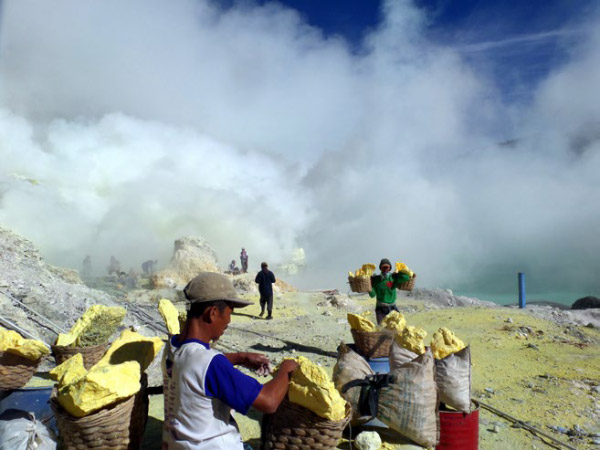
If the wrong KPIs are set, the results can be fatal.
Balancing environmental factors, profits and KPIs shouldn’t be at the risk of people’s lives, but using only one measurement can have fatal results. Here’s an example:
A public reserve area is found to have a rich deposit of high quality coal. The government of the day wants to turn the coal deposit into money without upsetting environmental voters, so they offer a public tender, with financial KPIs set to protect the flora and fauna.
The winning company intends to tunnel under the public reserve area, which means minimal disturbance to the flora and fauna. To enhance the mine’s financial KPIs the company intends to tunnel uphill to the coal seam, allowing the coal to be extracted by washing it down the tunnel using gravity. This will require less capital expenditure than a conveyor system to get the coal out of the ground.
The trouble with the coal mine shaft going uphill to the coal seam is that methane gas will be released when the coal is mined. The gas is lighter than air, which means it cannot flow downhill out of the uphill mine shaft and will build up in the working part of the mine. Methane gas is also explosive so the management installs a ventilation system to push fresh air into the mine, flushing the methane gas out. They also put gas detectors in the mine to signal when the gas level has built up to a dangerous explosive level and the miners have to stop mining the coal.
However, to make sure the mine is profitable management also link workers’ income to KPIs that focus on how much coal people can be extracted in a working day. When the methane gas detector alarms go off the mining operation has to stop, and the miners lose money. The miners overcome this disruption to work by putting plastic bags and rags over the gas detectors. With the gas detectors prevented from working properly it is only a matter of time before the gas build up, resulting in an explosion which kills the miners.
